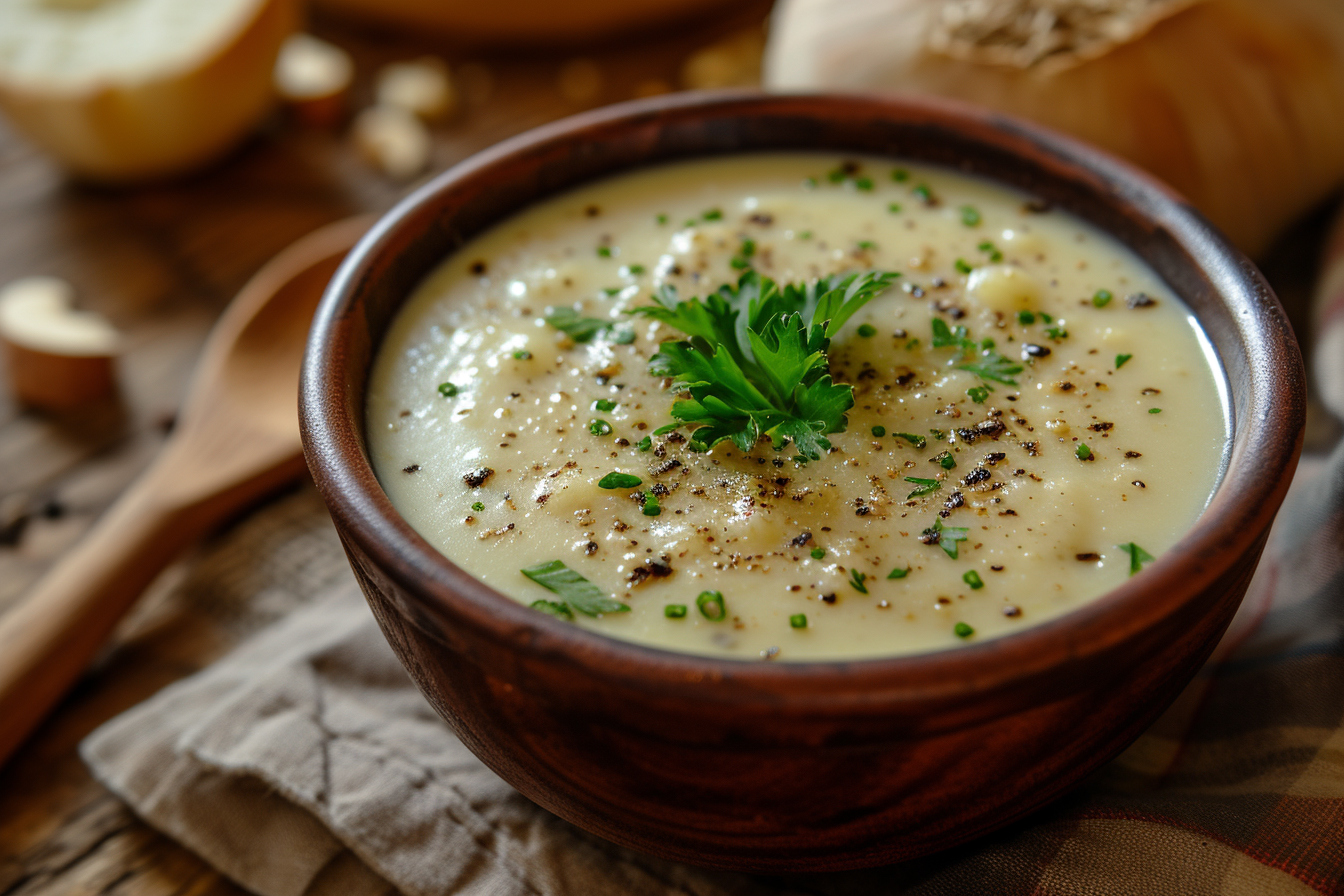When embarking on a lactose-free journey, whether due to lactose intolerance, a dairy allergy, or personal choice, the kitchen can suddenly seem fraught with challenges. Milk and dairy products are staples in many diets, and their unique textures and flavors can feel irreplaceable. Fear not, for lactose-free cooking can be just as delicious and rewarding, with the right know-how and a touch of creativity. This exploration into dairy-free culinary arts will leave you with a plethora of tips and tricks to satiate your palate and maintain a balanced, nutritious diet.
Understanding lactose and dairy alternatives
Before diving into the nitty-gritty of lactose-free cooking, let’s clarify what avoiding lactose entails. Lactose is a sugar found in milk and dairy products that requires the enzyme lactase for digestion. Lactose-intolerant individuals lack sufficient lactase, leading to digestive discomfort. Identifying and substituting dairy ingredients becomes the cornerstone of dairy-free cooking.
Non-Dairy Milks: Almond, soy, oat, rice, and coconut milk are popular alternatives, each bringing their distinct flavor and consistency to recipes. Experimenting with these can help in replicating the mouthfeel of dairy milk.
Cheese Replacements: Nutritional yeast, commonly known as "nooch," provides a cheesy umami flavor suitable for sauces and sprinkling. Cashew cheese and soy-based cheeses also work well in recipes.
Butter Substitutes: Look for plant-based margarines that are free of dairy derivatives. Coconut oil can also mimic butter’s richness in various dishes.
Mastering lactose-free baking
Baking without dairy requires finesse since dairy products contribute moisture, structure, and flavor. Key is understanding the function of dairy components within recipes to select effective substitutes.
Milk Alternatives in Baking: Non-dairy milks can simply replace cow’s milk cup for cup. Keep in mind that some, like coconut milk, bring a pronounced flavor, while others like almond milk are milder.
Butter Replacements in Baking: Vegan butters are readily available, though coconut oil or applesauce can also be used for added moisture in cakes and muffins.
Reworking Recipes: When adapting a traditional recipe, consider the desired outcome—fluffiness, moisture, richness—and choose a substitute that aligns with this goal.
Crafting creamy sauces and soups

Cream-based sauces and soups might seem off-limits, but there are many ways to achieve that velvety consistency without a drop of dairy.
Blended Vegetables: Creaminess can come from unexpected sources like pureed cauliflower, potatoes, or butternut squash, resulting in nutrient-rich, creamy dishes.
Nuts and Seeds: Soaked cashews or sunflower seeds can be blended into smooth pastes to replicate the thickness of cream.
Coconut Milk: A magical ingredient for achieving creaminess, with its richness perfectly suited for soups and curries.
Cheese flavors without the dairy
Cheese is often the most missed dairy product, but there are innovative ways to replace its complex flavors and textures.
Taking Advantage of Fermentation: Fermented foods like sauerkraut or miso mimic the tanginess associated with cheese, especially in spreads and dips.
Agar-Agar: This plant-based gelatin substitute derived from seaweed can help create firm, sliceable non-dairy cheese alternatives.
Aged Nut Cheeses: These are gaining popularity and can be found in specialty stores, or made at home for a truly authentic cheesemaking experience.
Alternative yogurts and creams
Yogurt and cream have distinctive flavors and textures. Luckily, the markets now burgeon with lactose-free versions to use in smoothies, dressings, and desserts.
Coconut Cream: Offers a thick, luxurious texture, making it a suitable cream or whipped cream alternative. Chilling a can of full-fat coconut milk separates the cream from the liquid, which can then be whipped.
Dairy-Free Yogurts: Soy, coconut, and almond yogurts can be consumed as they are, or used in cooking where tanginess is desired.
Balancing flavors and seasonings
Seasoning is paramount when dairy is off the menu. Spices and condiments play an essential role in replacing the depth of flavor dairy offers.
Umami-Rich Ingredients: Add umami with ingredients like tamari, mushrooms, and sun-dried tomatoes, compensating for the savory notes lost without cheese.
Herbs and Spices: Fresh herbs and bold spices can lift a dish and fill any flavor gaps left by the absence of dairy.
Acidity: A splash of vinegar or a squeeze of lemon can bring brightness and contrast to dishes, making them more satisfying.
Reading labels and recognizing hidden dairy
Cooking at home gives you control over ingredients, but be thorough when shopping. Many processed foods contain hidden dairy under names like whey, casein, and lactose.
Ingredient Vigilance: Always review labels and familiarize yourself with dairy-derived ingredient names.
Cross-Contamination: For those with severe allergies, also consider potential cross-contamination on labels.
Whole Foods First: Focusing on whole, unprocessed foods naturally steers you clear of hidden dairy and fosters a healthier eating pattern.
Attention to detail is critical in discerning the presence of lactose in store-bought items, and this skill becomes second nature as one gains experience in lactose-free living.
Mastering the art of lactose-free cooking opens up a world of innovation and flavor you may never have discovered otherwise. From the naturally rich and creamy textures of pureed vegetables to the complex layers of flavor in well-spiced dishes, a dairy-free diet need not be restrictive. It is an opportunity to broaden one’s culinary horizons, discovering new ingredients and techniques that are not only lactose-free but also deliciously satisfying. With a bit of practice, your dairy-free dishes might just become the new favorites at the dinner table.









